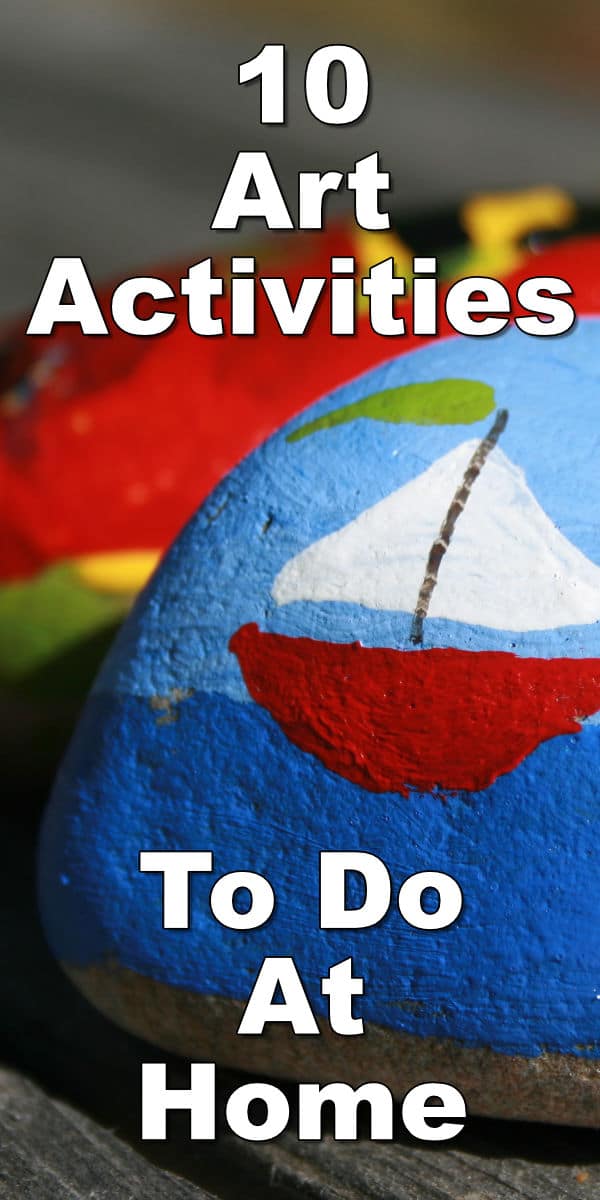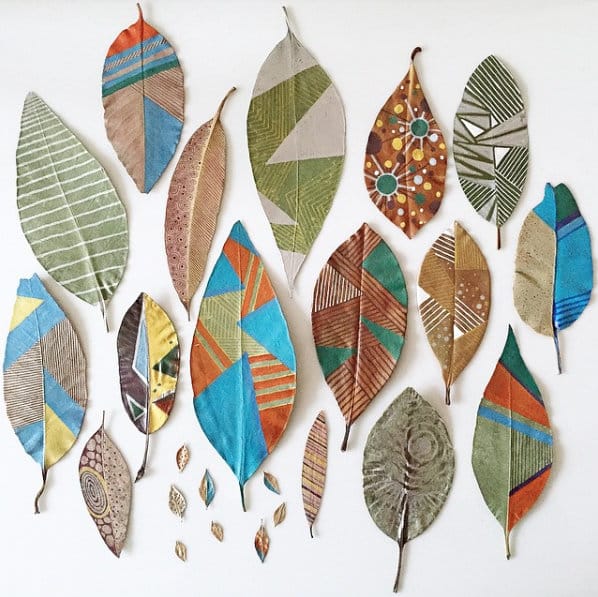For days when you feel like making something a little bit different, we’ve compiled a full list of fun art activities for adults to do at home! These activities will challenge your painting skills, get you thinking differently about color and give you plenty of ideas for future projects.
Many of these activities don’t require much equipment or they can be done using items you have around the home. If you don’t have exactly what you need, have a hunt around for a replacement – you can recycle and reuse items and transform them into something new. Draw inspiration from your surroundings, the season and the natural world and see what you come up with!
1. Texture Painting
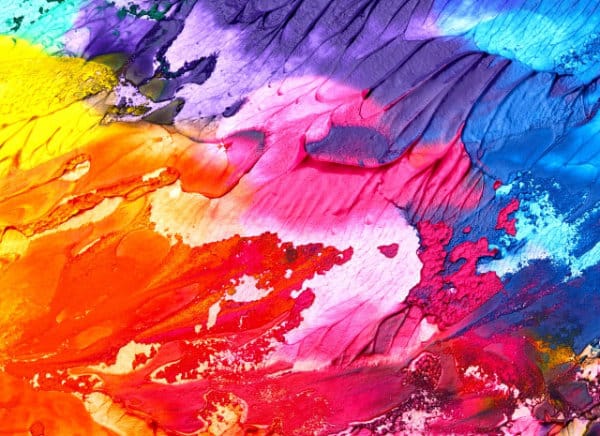
To try something a little bit different with your painting, you might like to experiment with texture painting. This texture painting activity involves using different objects that you have around the house to create elaborate textured artworks. This is a chance for you to try out different texture effects and discover which ones work the best – you might even end up adopting some as a regular technique!
You could try using sponges, cotton wool balls or scouring pads to create a dappled and smudged effect. Use the edges of toilet roll tubes and straws to print curved lines. Roll a golf ball or pieces of dried pasta on your page. This activity is all about exploring the effects of different textures and enjoying the multi-sensory experience of texture painting. It doesn’t have to look extremely professional so don’t get too hung up on the end result. This activity is great to do with children, but adults should definitely give it a go too – it’s hugely satisfying!
You could also use your texture painting as a base for a more detailed artwork. Leave the paint to dry and then add more refined brushwork on top for a more polished end result.
Here is a tutorial for you showing you 20 different texture painting techniques:
If you enjoyed this video, why not follow our Mixed Media Course.
2. Pick a Color and Fill a Page
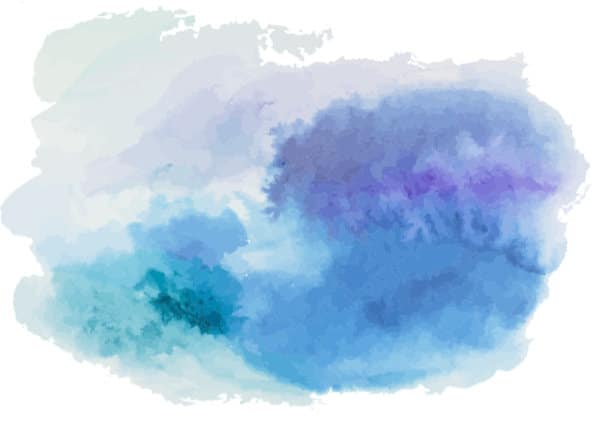
A great way to experiment with something new in your watercolor painting is to choose just one color and challenge yourself to fill a whole page. You can choose to paint whatever comes to mind, as long as it is all one color.
Alternatively, you could try to paint only objects that are found in that color – if you chose yellow, for instance, you might like to paint a sunflower, butter dish, chick, banana, a yellow taxi, yellow balloon and so on. This is a relaxing activity that can help you to focus in on form rather than color. It should also look really pretty when you’ve finished!
3. DIY Leaf Mobile
For a craftier painting project, try making a DIY leaf mobile. This is a simple activity that uses painted leaves to create a rustic, homemade mobile or indoor hanging.
For this activity you’ll need: paint, paintbrushes, string or twine, a bead, gathered leaves, 2 straight sticks.
First, gather a range of dried leaves and two straight sticks. Look for leaves that are fairly flat and not curled as these will be easier to paint without breaking. You might like to choose a variety of different shapes or go for many of the same type of leaf. If you can’t go outside or you can’t find any dried leaves, you could cut leaf shapes out of card instead.
Next, paint the leaves in vibrant colors of your choosing, making sure to paint both sides of the leaves. You might like to add bold patterns, detailed miniature paintings, or even writing. Paint your sticks in the same color palette as you’ve used for your leaves.
Once everything is dry, tie your two sticks securely together in a cross using string and tie a piece of string to the stem of each leaf. Tie each leaf to the sticks, making sure to spread them out so they don’t get tangled. It works best if the strings holding the leaves are different lengths to create more of a cascade effect for your mobile.
When you are happy with how your mobile looks. Tie string to the ends of each stick and bring them together at the top, above the mobile. Thread these strings through a bead and tie a knot above – your mobile is now ready to hang in your home!
4. Printing
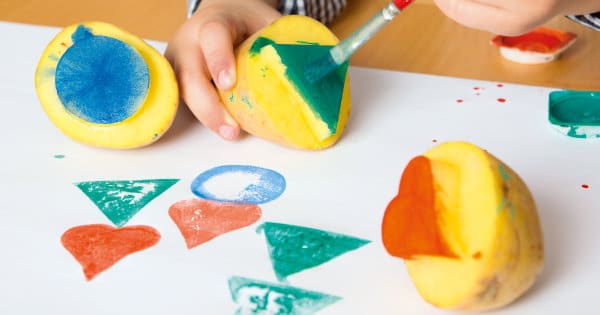
If you have more leaves, you might also like to try leaf printing. In this activity, using a variety of leaf shapes works well. Simply use a paintbrush to coat one side of the dry leaves with paint and lay flat onto paper or fabric. Press down to make sure you get the detail of the veins and stem and then carefully peel away. You can create a really pretty effect with leaf printing that works brilliantly for wrapping paper, gift boxes or even for making a seasonal table runner. This is one way to put your creativity into birthday or Christmas preparations!
Another easy home printing activity is using potato stamps. You may have done this as a child but it’s no less enjoyable as an adult! Adult potato printing can involve slightly more intricate designs than the simple hearts and stars that you tend to stick to with little ones.
To make a potato print, cut a potato in half. Sketch your design using pencil on paper and then lay the cut side of one half on top of the design. The design should transfer faintly. You can make the design more visible by tracing it with the end of a sharp, cheap pencil or an unfolded paperclip. Cut away the potato around the design and the details within the design, making sure to leave any parts of the design that you want to receive the paint. You could use a scalpel or just the curved end of a paper clip.
To print, simply pat the potato dry with a paper towel to get rid of excess moisture and apply the paint to the stamp. Firmly press your stamp down on a piece of paper and then slowly lift it straight up again. Repeat to make a pattern! Once your paint has dried, you can go over the prints and add more details.
5. Design a Postcard
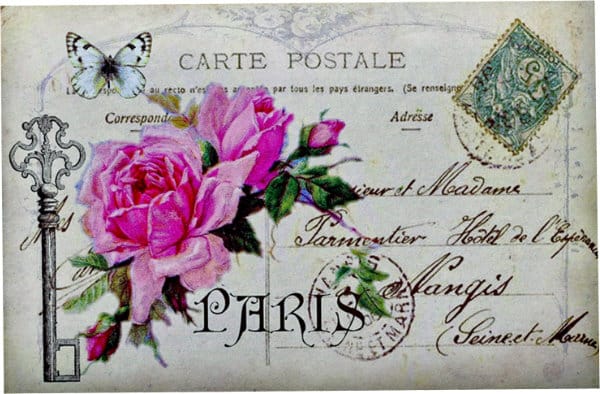
To experiment with painting on a smaller scale, why not try designing a postcard? Use a blank postcard if you have one or cut out a piece of card to the same size as a postcard. Choose colors that are most calming and positive to you, after all, postcards are meant to make people smile!
You could choose any subject you like. If you’re stuck for inspiration, perhaps you’d like to try painting the landscape around you or the city skyline. You could try recreating a famous painting in miniature or just make an abstract work that expresses your feelings. Whether you choose to send your finished piece or not is your choice, this is a cheery activity to challenge your painting skills in a new way!
6. Tissue Paper Painting
Tissue paper is another lovely medium to try for enhancing your paintings. A lot of artists use tissue paper bleeding – where water is applied to tissue paper and used as a dye – to create textured effects in their work. However, you can also try making tissue paper the canvas for your work.
Experiment with watercolors, using tissue paper instead of watercolor paper as the base for your work. By painting directly onto tissue paper with watercolors, you will create a beautiful bleed effect. You will want to secure your tissue paper with tape so that it stays flat and doesn’t move. You will also need to make sure that you are using a tissue paper that is porous and not shiny. Alternatively, you could use a household tissue like one you might use to blow your nose! The absorbent qualities of tissue paper will give your watercolors a blooming effect, making it well suited to still life flowers or delicate landscapes.
7. Pointillist Inspired Painting
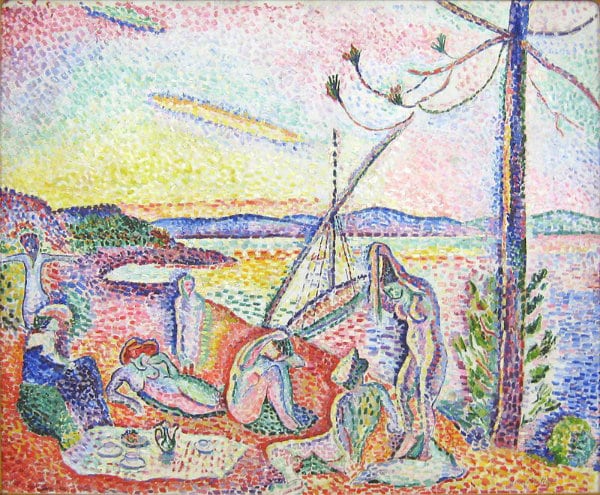
At first glance, pointillism may seem like a complicated technique but with a little bit of patience you can create pointillist style paintings at home. Though you might not be as accomplished as Seurat or Signac, this activity is a great experiment to see if you can build up an image entirely from tiny dots of paint.
One of the things to remember about this technique is that it works best if you have a clear composition for your image. Distinct colors will allow you to clearly define between different elements in your painting and also allow you to experiment with a wider color palette. If you’re not confident with the theories behind optical mixing, you could opt for a Matisse-style pointillist painting that just uses daubs of the same color paint to build up each element, rather than using contrasting colors. You could also use different shades of one color. This is a fantastic opportunity to really stretch yourself and see what you can create.
8. Painted Plant Pot
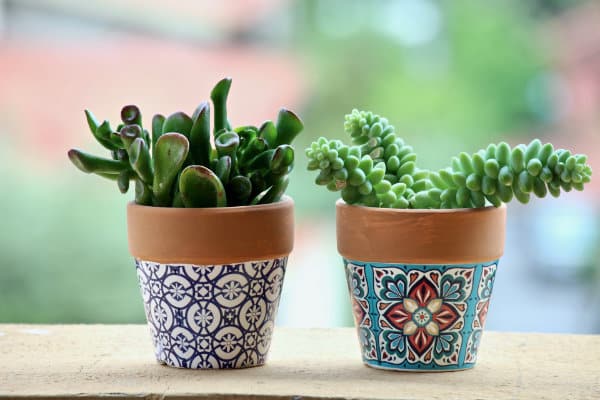
For a practical painting experiment, try painting a plant pot! This is an activity that can add a personal touch to your garden or windowsill, and it doesn’t require much equipment at all.
For this activity you’ll need: a terracotta plant pot, acrylic paints, paintbrushes, pencil and paper.
Sketch out your design in pencil on paper first. Then choose your colors. The best colors will depend on where you’re hoping to display your pots and the kind of effect you would like to achieve. You might prefer to stick to a monochrome theme or go for a vibrant, multicolored effect. You can also dip dye the pot in a large tub of wall paint first to create a base layer before adding finer details on top.
Though one pot on its own looks lovely, it’s even nicer if you can have a whole display of hand-painted pots. If you’re limited on space, you could look out for smaller pots so you still get the effect in miniature.
9. Marbling
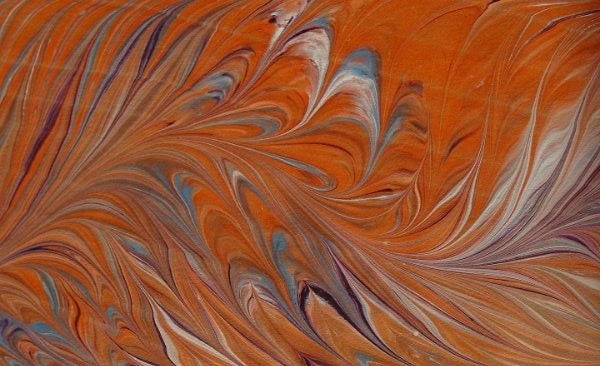
Marbling is a really fantastic way to create instant art with paint. It’s incredibly satisfying and every piece you make is guaranteed to be unique. However, unlike other at home activities on this list, marbling can’t be done with things you have lying around the house. If you don’t already have them, you will need to buy some marbling paints.
For this activity you’ll need: marbling paints, watercolor paper, a shallow pan or dish, disposable gloves, toothpicks, newspaper, paper towels.
First, put paper over your work surface to avoid spills – marbling paints are impossible to remove! Fill your dish about halfway with water. Wearing gloves, shake your paint tubes well and pierce the top of the tubes. Add a drop of paint into to the water, adding different colors as you like. Use a toothpick to drag the paint through the water and create a marbling effect.
Once you are happy with the colors, fully submerge one piece of watercolor paper in the water. Remove from the dish and gently pat the paper dry with paper towels. Put your marbled paper on the newspaper to dry and repeat with more colors and a new sheet!
10. Group Art!
If you’re doing art activities at home, why not get a group together? Art and craft activities are perfect for social meets, allowing you to catch up with friends whilst getting creative. You could all try doing the same activity or get together and each work on your own activity. Of course, you’re not limited to just meeting up in person, you can also organize art meetings via conference call using a program like Skype or Zoom. This is ideal if you can’t get out of the house or if you have friends and family who live far away.
All of these activities are designed to get you thinking a little bit differently about painting. Art activities aren’t just for children, they’re also brilliant fun for adults too! You’re never too grown up for some potato printing and plant pot painting so get creative and see what you can do with a little bit of inspiration from around the house!
11. Bonus – Rock Art
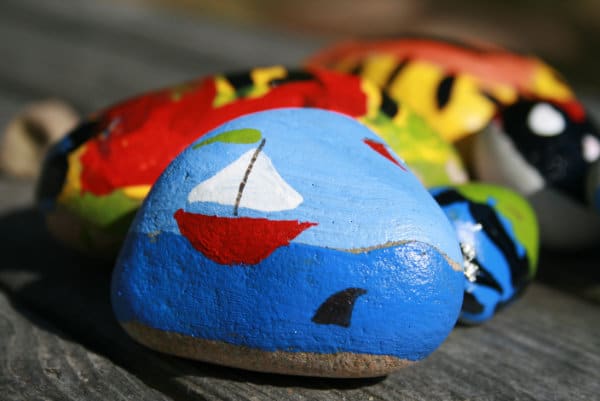
Rock art has been around for a while now but it remains an incredibly fun activity to do.
This is also a great activity to do with the kids to get them interested in and excited about art.
It is also an activity that encourages you and the kids to get off your devices and out into nature.
The first thing you need to do is collect some rocks. Although technically you could use any old rock and let your imagination free, on a practical level it is easier to paint on river stones as they have smooth surfaces to paint on.
Don’t however only look for perfectly round ones though. Use your imagination to picture what an organically shapes rock could represent – a giraffe or tree for example.
Once you have a handful, or more, of rocks, gather the kids, pack a variety of brushes on the table and prepare your acrylic paints. You could use oil paint as well as enamel paint. A good source of paint to use for your rock are are the test pots you get from the hardware store.
From there let your imagination free as you paint. Remember these are fun artworks so don’t be too strict on yourself. With rock art you are allowed to make mistakes and experiment.
Typical things to paint on rocks are to make them look like ladybugs, cats, dogs, funny faces and moons. If you are not as adventurous as that first cover the stone with one colour, then paint a series of shapes or patterns on the rock.
When you are done, venture outdoors and hide the rocks for others to find or use them to decorate your mantle piece or garden.
I hope you have fun reading through these activities and now have a bunch of new ideas to try at home. Have fun!
Pin Me
